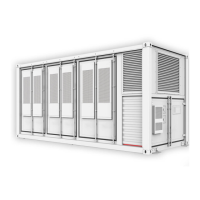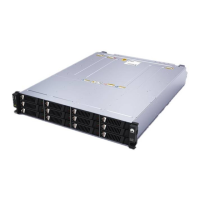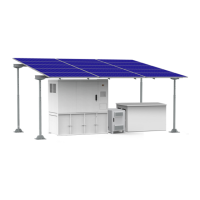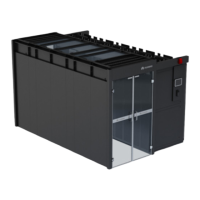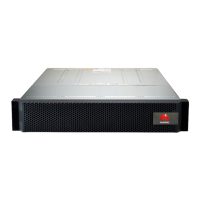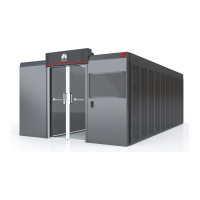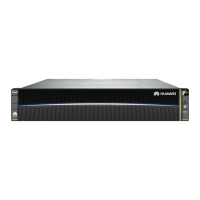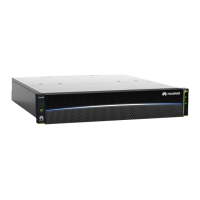● Areas with corrosive, ammable, and explosive materials
● Areas with existing underground facilities
● Areas with adverse geological conditions such as rubbery soil and soft soil
layer, or prone to waterlogging and land subsidence
● Under a reservoir, water landscape, and water room
● If areas prone to waterlogging cannot be avoided, install water blocking and
drainage facilities or raise the ground.
● Cable trenches cannot be used for drainage. Fire retardant sealing should be
implemented at cable holes (such as holes through partition walls and oors).
● Areas prone to earthquakes and with seismic fortication intensity higher
than 9
● Areas prone to debris
ow, landslide, quicksand, karst caves, and other direct
hazards
● Areas within the mining land subsidence (dislocation) zone
● Areas within the scope of blasting hazard
● Areas prone to ood due to a dam or levee failure
● Protection areas for important water supply sources
● Protection areas for historic relics
● Populated areas, high-rise buildings, and underground buildings
● Intersections and busy roads of urban main roads
Requirements for
ood and waterlogging prevention in site selection:
● The site design elevation of a large-scale electrochemical energy storage
system (power ≥ 100 MW) should be higher than the ood level with a
probability of 1% or the historical highest waterlogging level.
● The site design elevation of a medium- or small-scale electrochemical energy
storage system (power < 100 MW) should be higher than the
ood level with
a probability of 2% or the historical highest waterlogging level.
● If the site design elevation cannot meet the preceding requirements, change
the site location or take dierent ood and waterlogging prevention
measures based on the site requirements.
● For energy storage plants prone to wind and waves from rivers, lakes, and
seas, the elevation of
ood prevention facilities should consider the wind and
wave height with a probability of 2% and an additional safety height of 0.5
m.
● When a large amount of catchment water ows into or passes through the
site, it is recommended that side ditches or drainage ditches be built to drain
water from the ground in an organized manner.
Security fencing:
It is recommended that physical walls or fences be used for isolation and
protection in the energy storage equipment area. The fences should be equipped
with a door lock. The fence height should be greater than 2.2 m. Fire walls can be
substituted for part or all of the fences, depending on the actual design plans.
LUNA2000-200KWH-2H1 Smart String ESS
User Manual 5 Site Requirements
Issue 03 (2023-03-30) Copyright © Huawei Digital Power Technologies Co., Ltd. 68

